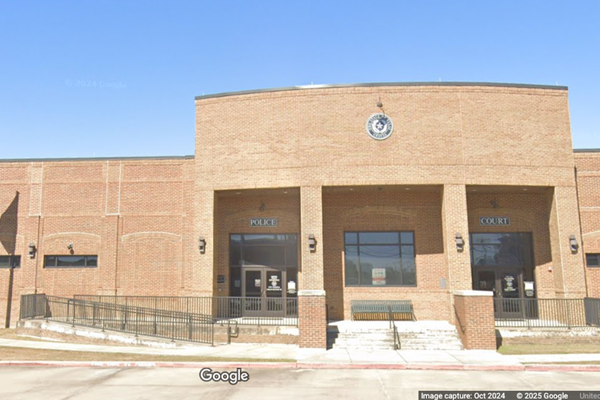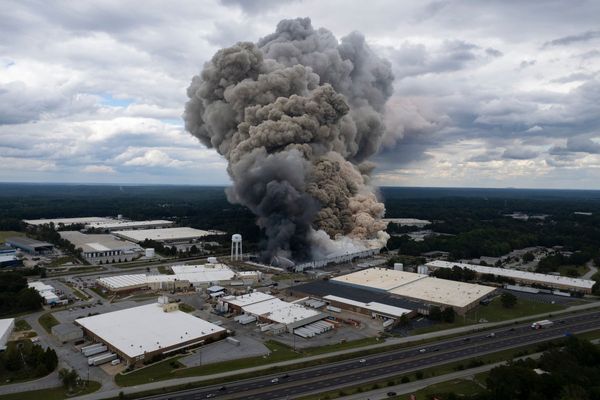
Good morning!
Today we have a guest essay from Yelp’s chief diversity officer Miriam Warren and chief people officer Carmen Orr about the mythical hunt for the “ideal worker.” Employers are still holding workers to unrealistic and untenable standards and encounter disappointment when employees don’t live up to expectations. Warren and Orr share why they believe it's imperative that employers adjust their lens for finding great talent.
Under the age-old American capitalist paradigm, workplaces have suffered from a futile search for an elusive, prized mythical creature: the ideal worker. Such beings, if they exist, are always upbeat, loyal, ambitious, hard-working, reliable, professional, leaders, and infallibly over-deliver.
This meme of the ideal worker assumes that employees prioritize their employer—often the primary or sole source of income—above all other obligations, including caregiving, personal health, family, and other social responsibilities. These expectations routinely and disproportionately negatively impact women, given that they still largely bear the burden of childcare and other aspects of family life and are less available to work excess hours. These effects include lower wages (fueling the gender pay gap), impediments to career progression, and outright discrimination. The effects are even more costly for BIPOC, LGBTQ+, disabled, and other underprivileged people.
The fact that employees and job seekers are still held to these outdated, unrealistic, unattainable concepts is deeply problematic because it continues to evaluate people through a capitalistic, ableist lens.
Cue, the pandemic shift
The pandemic chipped open a crack in the image of the ideal worker myth; firms and employees were forced to reevaluate their relationship with one another. It demonstrated that work can and does happen outside of a traditional office and that this model offers value to workers and employers.
When lockdowns began, and people shifted to remote working and learning, employees’ work and home lives coexisted in the same space, eradicating any easy way to compartmentalize each. Suddenly, workers experienced the dire need to prioritize their well-being, as their physical and mental health was affected.
The pandemic also forced employers to reconsider workers as whole people, not just an aspect of personhood that one brings into an office. These people have unique backgrounds, histories, aspirations, needs, and commitments.
Remote working also began to level the playing field for all workers. With no commute times, it freed up caregivers to spend more quality time with loved ones. People with disabilities could set up home workspaces for each individual to thrive. And it promoted diversity across all aspects: racial, geographical, socio-economic, etc. Now that the quality of work was at the forefront, with less emphasis on workers’ appearance, BIPOC and LGBTQ+ workers got a reprieve from in-office microaggressions, and the need for code-switching ebbed.
With the mutual benefits of distributed work verified, it’s become clear that the future of work is remote. Workers want to keep the work-life blend they’ve experienced since shedding the constraints of the old-fashioned office model, and employers want to keep and attract top talent, regardless of where these individuals live.
The new ideal workplace
In a remote work model, employers must reenvision the employee experience as a matter of survival. The barriers to seeking new employment—relocating, commuting, or traveling for interviews—have fallen. So, too, should expectations for the ideal worker. No longer tethered to a physical office, the modern employer will need to be more adaptable, inclusive, independent, and collaborative.
A shortage of talent, and workers who prioritize their well-being over their duty to their employer, means leaders must find more intentional and compassionate ways of connecting with employees. The most effective managers will empower their teams to effectively navigate work-life blend and manage outcomes, not just inputs.
If we consider the pandemic a cleansing fire, we can acknowledge the tragedy and loss of the past few years while celebrating new changes. In this future, employers will create environments where people of all backgrounds and abilities can grow, develop, contribute, and find belonging in a hospitable habitat. One that’s juster, more equitable, and perhaps more human than ever before.
CHRO Daily will be off Thursday and Friday for the Thanksgiving break. We’ll be back in your inboxes on Monday!
Amber Burton
amber.burton@fortune.com
@amberbburton
Stay tuned for the Fortune @ Work playbook, publishing Dec. 5, for insights and case studies on how Fortune 500 HR leaders are designing their return-to-office strategy for the workforce of the future.







